We begin with the obvious, something on which all can agree: It is beyond heartbreaking that 13-year-old Adam Toledo was shot and killed by a Chicago police officer on March 29. The violent death of someone so young, captured on video and broadcast to the world, jars something deep in all of us and impels us to search for ways to protect other children from a similar fate. This unanimity of thought soon dissolves, however, when there is disagreement on solutions and even on the demonstrable facts of Toledo’s death.
On March 29, just before 2:30 a.m., officers from the Chicago Police Department’s 10th District, on the city’s West Side, responded to a radio call generated by the city’s ShotSpotter system, which detects gunshots via acoustic devices and directs police to their source. The officers were dispatched to the corner of 24th Street and Sawyer Avenue, in the Little Village neighborhood, where eight gunshots had been detected.
Two officers drove into an alley off Sawyer south of 23rd Street where they saw Toledo and Ruben Roman, 21, at the rear of 2334 South Sawyer. They were the only two people out and about in an otherwise sleeping neighborhood. Or perhaps we should say the neighborhood was sleeping until the gunshots rang out, a sound to which residents in that and many other neighborhoods on Chicago’s South and West Sides are wearily accustomed.
Seeking to question them about the gunshots, the officers got out of their car and told the pair to stop. Neither of them complied – Roman began walking south in the alley and Toledo took off running in the same direction. The passenger officer, a woman, quickly detained Roman while her partner, identified as Officer Eric Stillman, a six-year veteran of CPD, ran after Toledo toward 24th Street.
The foot pursuit was captured on Stillman’s body camera and, from some distance away, by a security camera facing east toward the alley. All of the videos from the incident have been compiled here, at the Chicago Office of Police Accountability’s website, but the most pertinent portions, including the precipitating radio call, can be seen here. The videos show Toledo ran about 270 feet before stopping adjacent to an opening in a fence lining the west side of the alley just north of 24th Street.
All of what follows was captured on video, and anyone seeking a full understanding of Adam Toledo’s death must come to terms with what happened at this very split-second. Toledo can be seen using his right hand to pull a pistol from a pocket or his waistband and begin to turn toward Stillman. In Graham v. Connor (1989), the U.S. Supreme Court held that the “reasonableness of a particular use of force must be judged from the perspective of a reasonable officer on the scene, rather than with the 20/20 vision of hindsight.” So, viewing the events from this perspective, we have Officer Stillman responding to reported gunshots at 2:30 a.m. and confronting two males in the immediate vicinity. Both of those males refuse to comply with a uniformed police officer’s clearly stated orders to stop, and one of them runs nearly the length of a football field before stopping, pulling a gun from his pocket or waistband, and turning toward Stillman.
Is there a “reasonable officer” anywhere in the country who would not have fired at Toledo under these circumstances?
What we now know, with the benefit of the 20/20 hindsight the Supreme Court has said we cannot use in judging Stillman’s actions, is that in the instant between Toledo’s drawing of the gun and being shot, he tossed the gun through the gap in the fence and was turning empty-handed toward the officer. It was too late. On seeing the gun, Stillman reasonably believed Toledo was preparing to shoot him and fired in self-defense, striking Toledo in the chest. Stillman, other police officers, and rescue personnel made every effort to treat Toledo’s wound but he died at the scene.
As is often the case in police shootings, particularly those conforming to a certain racial calculus, the actual events leading up to Toledo’s death have been subsumed into a media narrative intended to portray the police as coldblooded assassins preying on innocent young men in “communities of color” and as an entity those communities would be better off without. In advancing the narrative, the media emphasize certain aspects of the story while downplaying or ignoring others. Recall the stubborn persistence of the “hands up, don’t shoot” myth that followed the police shooting death of Michael Brown in Ferguson, Mo., in 2014.
The myth being advanced in the Adam Toledo incident is that he was unarmed when he was shot. And in a hair-splittingly literal sense, it is true that he was not holding a gun at the exact moment Officer Stillman shot him, as revealed by the disturbing still image that accompanied this story published April 15 in the Chicago Tribune and in many other outlets. The image was drawn from video shot by Officer Stillman’s body camera, and though the entire video is linked in the Tribune story, the fact that only this inflammatory image was chosen suggests the editors at the Tribune and elsewhere place more emphasis on advancing the narrative than on informing their readers. If they were desirous of producing a balanced story, the image would have been accompanied by one from only a second earlier, which reveals the pistol in Toledo’s right hand.
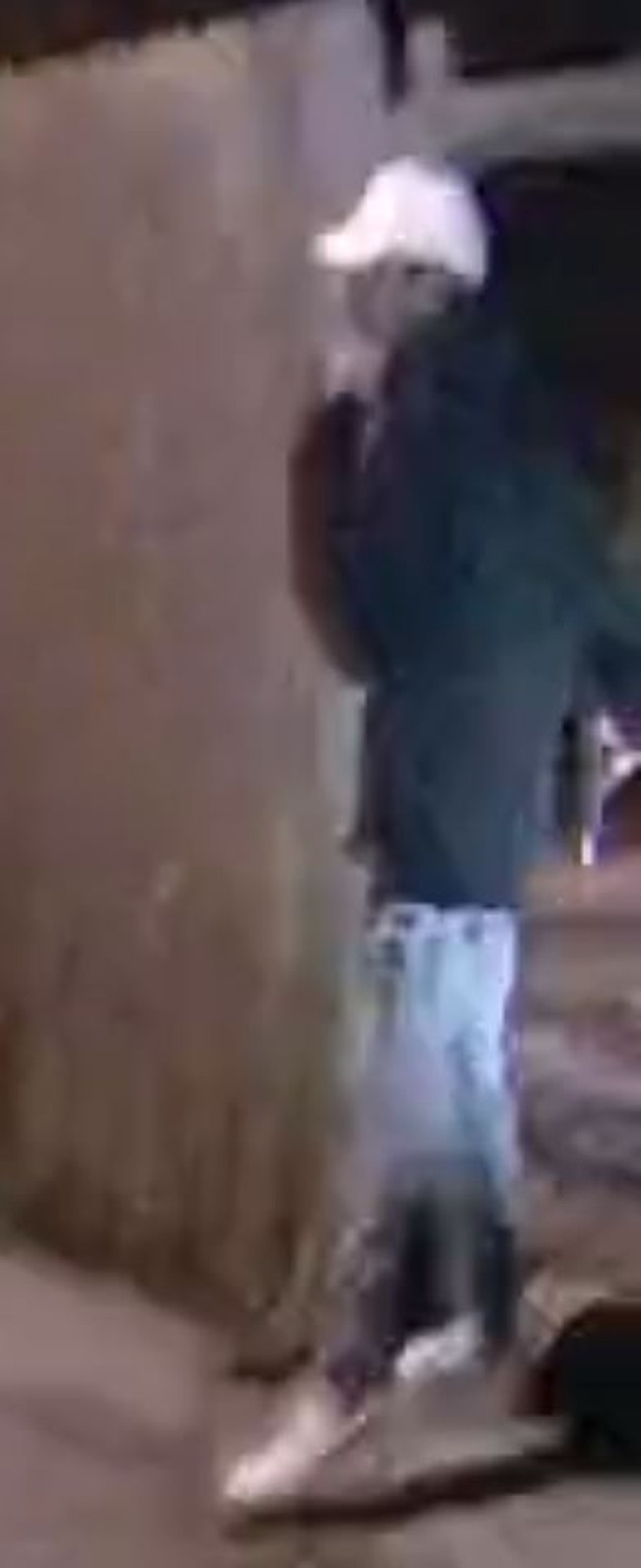
Presenting both images along with the complete video would have offered their readers a more complete understanding of what occurred. Future reporting on the incident may include such an image but the narrative has already been unleashed, and as we learned in the Michael Brown case, once such a narrative attains sufficient inertia, almost no amount of debunking can restrain it.
During my long career with the Los Angeles Police Department, I was involved in many foot pursuits of armed young men in some of the city’s most violent neighborhoods. I was blessed, as were the young men I chased, that no gunfire resulted on either side. There are things police officers know about these foot chases that the public should better understand before judging Officer Stillman or any other officer in similar circumstances.
First, cops know that armed suspects most often discard their weapons on first perceiving the arrival of the police. The reason for this is simple: better to ditch the gun than get shot or catch a case for holding onto it (you can always get another one later). If an armed suspect doesn’t abandon his gun, the pursuing officer has no choice but to assume the suspect intends to use it against him, and any reasonable officer will respond accordingly at the first indication of such intent. Sadly for Toledo, perhaps due to his youth and inexperience, he acted in such a way that his movements were interpreted as preparation to fire rather than discard the gun he carried.
And what of Ruben Roman, the man who was with Toledo and who is believed to be the one who fired the gunshots detected by the ShotSpotter system? Evidence suggests both Roman and Toledo were members of the Latin Kings, the dominant street gang in Little Village. It is common for older gang members to direct juveniles to carry weapons for the simple fact that they face less punishment if caught with one. This explains why Toledo ran from the police while Roman merely walked – he was confident that Toledo, even if arrested with the gun, would never tell the police it was Roman who had handed it to him moments earlier.
This being Chicago, one naturally expects the city’s politicians to compound the tragedy by saying stupid things, and Mayor Lori Lightfoot and Cook County State’s Attorney Kim Foxx did not disappoint. Lightfoot renewed her call for a revised police policy on foot pursuits, revealing a magical belief that if police are further constrained from pursuing lawbreakers, even those involved in shootings, the city will be made safer.
More shameful still was Kim Foxx, who seems eager to distance her office from Toledo’s death and avoid the fate of her predecessor, Anita Alvarez, who was voted out in the wake of the 2014 Chicago police shooting of Laquan McDonald. (The officer in that case, Jason Van Dyke, was convicted of second-degree murder and sentenced to six years and nine months in prison.) In an email to State’s Attorney staff obtained by the Chicago Tribune, Foxx wrote that Assistant State’s Attorney James Murphy, while appearing in court in the case against Ruben Roman, had “relayed facts to the judge regarding details of the circumstances related to the death based on evidence provided by various law enforcement agencies.” Foxx added that it “later became evident that the language … did not fully reflect all the evidence that had been given to our office.”
Ruben Roman has been charged with multiple felonies, including child endangerment, and while reading a proffer on the case in open court, Murphy said Toledo was armed when he was shot, a statement that is, again, untrue only in the most punctiliously literal sense. In the full context of the events as they relate to the charges against Roman, the difference between “armed when he was shot” and “armed when the officer made the decision to shoot” is all but meaningless. Nevertheless, Foxx placed Murphy on leave Friday, apparently intent on making him the scapegoat while keeping her own political hide safe from the fray.
Foxx is playing to the media, of course, which is peddling the narrative that Adam Toledo is the latest in a series of unjustified instances of “police violence.” Perhaps most disgracefully invested in this narrative is Chicago Tribune columnist Dahleen Glanton, who wrote on April 16 that it “doesn’t matter that Adam and a 21-year-old man allegedly were firing a weapon in the alley — the incident that brought police there in the first place. What matters is that a child was killed by the very policing institution that is supposed to protect them.”
It doesn’t matter?
If I may differ with Ms. Glanton, the police are supposed to protect those being shot at, not the those doing the shooting. Sadly, such rhetoric is common in Ms. Glanton’s oeuvre. Last June she penned an anti-police diatribe that must be read to be believed, but one sentence exemplifies the entire piece: “For some officers,” she wrote, “hunting African Americans is a sport.”
This is the poisonous atmosphere in which America’s police officers must work every day, and nowhere is it more poisonous than in Chicago, where as of this writing 177 people have been killed and 924 people shot so far this year, an average of more than eight shooting victims per day. (By contrast, Chicago police have killed three and wounded five in the same period.)
If only Ms. Glanton and the legions of like-minded police haters could summon some fraction of the contempt they hold for cops and direct it at the people causing this mayhem, Chicago and the rest of the country might be spared untold misery. But as long as the narrative persists, as long as people who should know better profit by advancing it, the bloodshed will only get worse.
It is indeed regrettable that a child was killed in that dark Chicago alley, but cops can’t hit the pause button once they see someone draw a gun. It was Adam Toledo and Ruben Roman who set the tragic series of events in motion, and it was poor, young Adam who came out the loser.


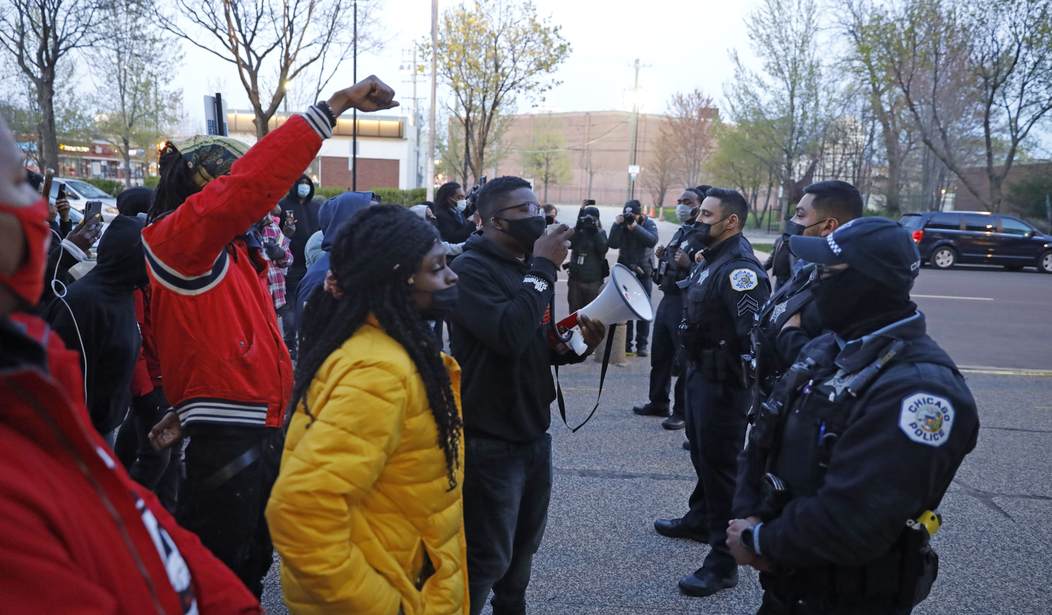
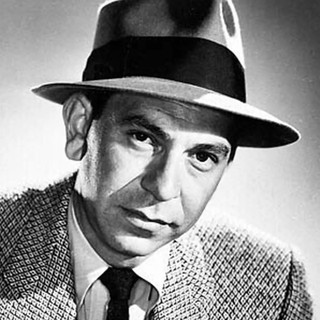
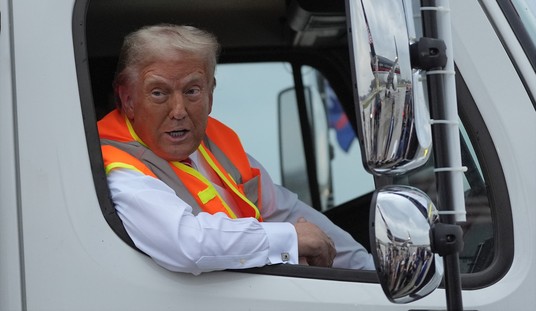
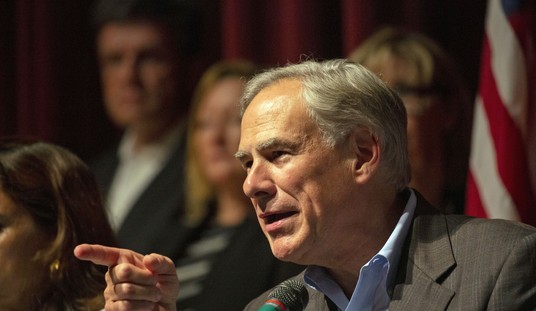




Join the conversation as a VIP Member